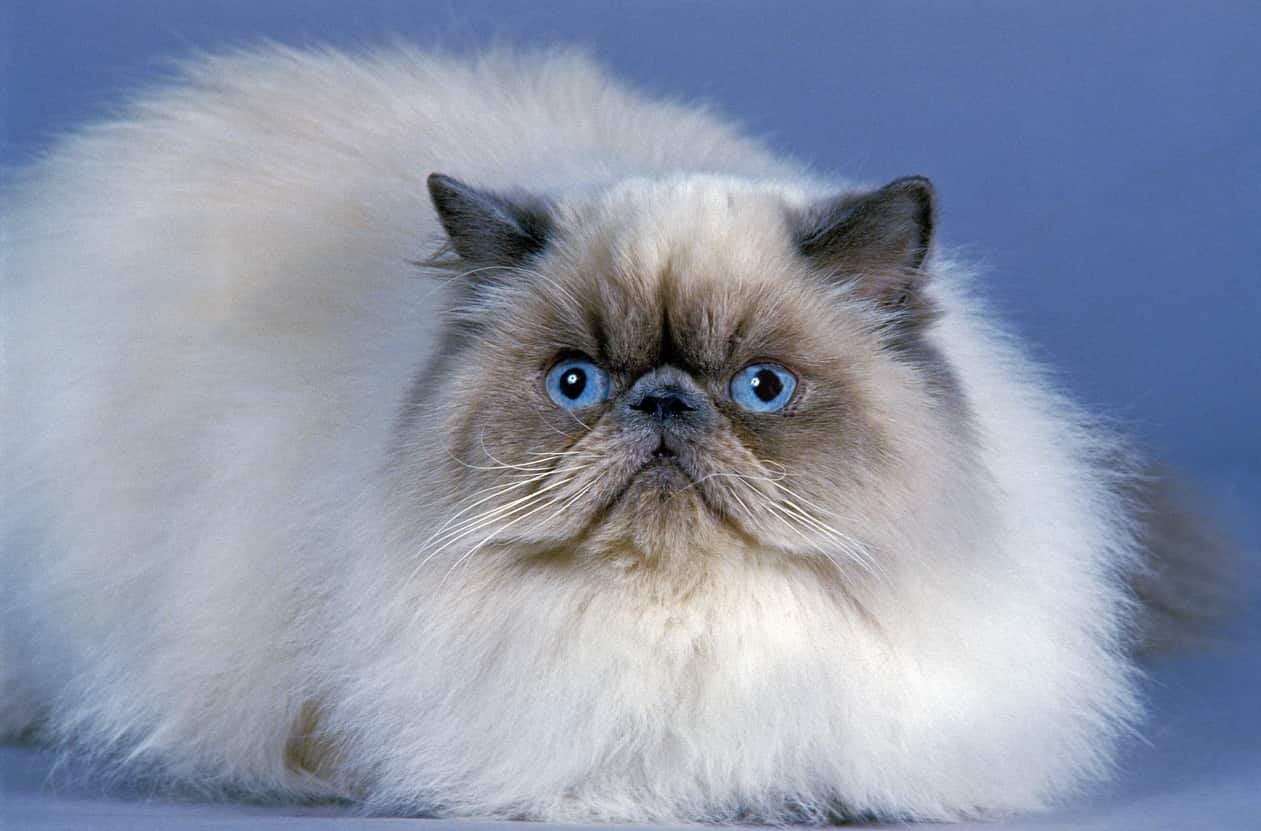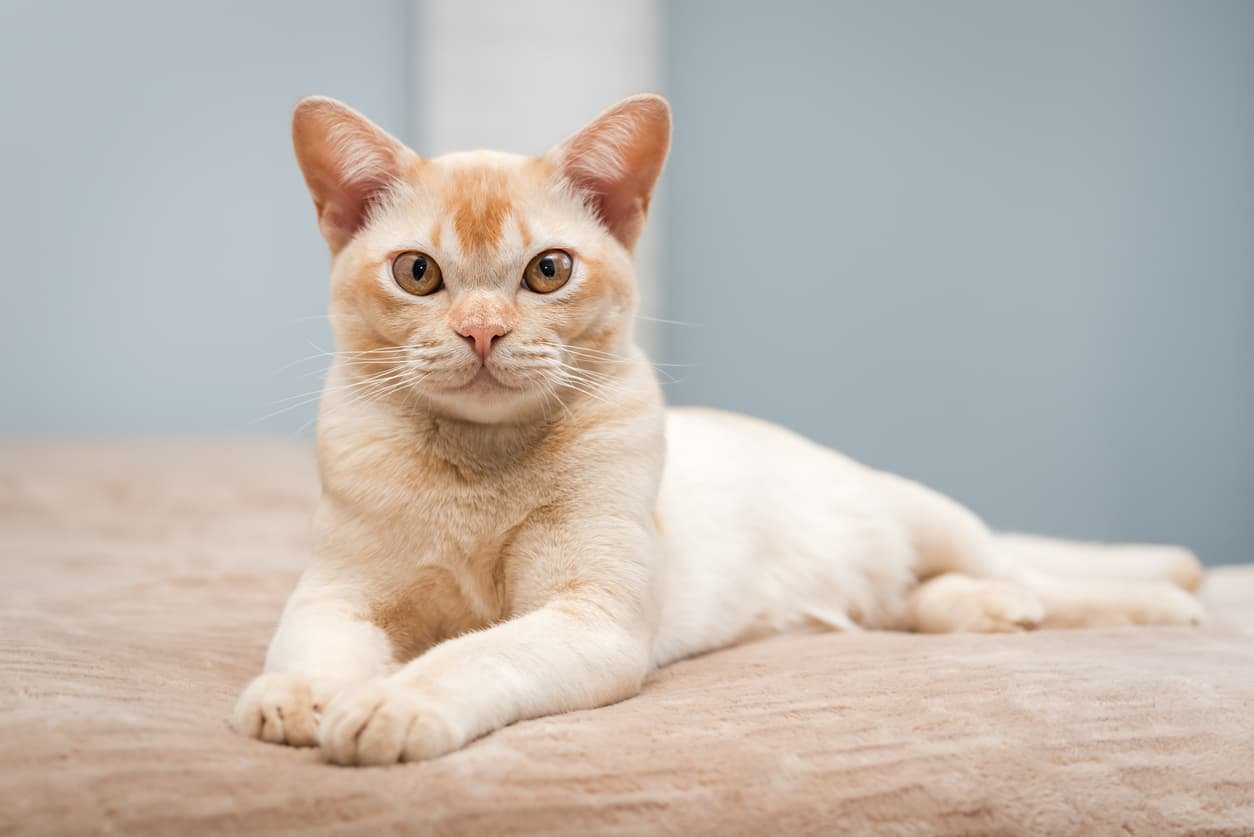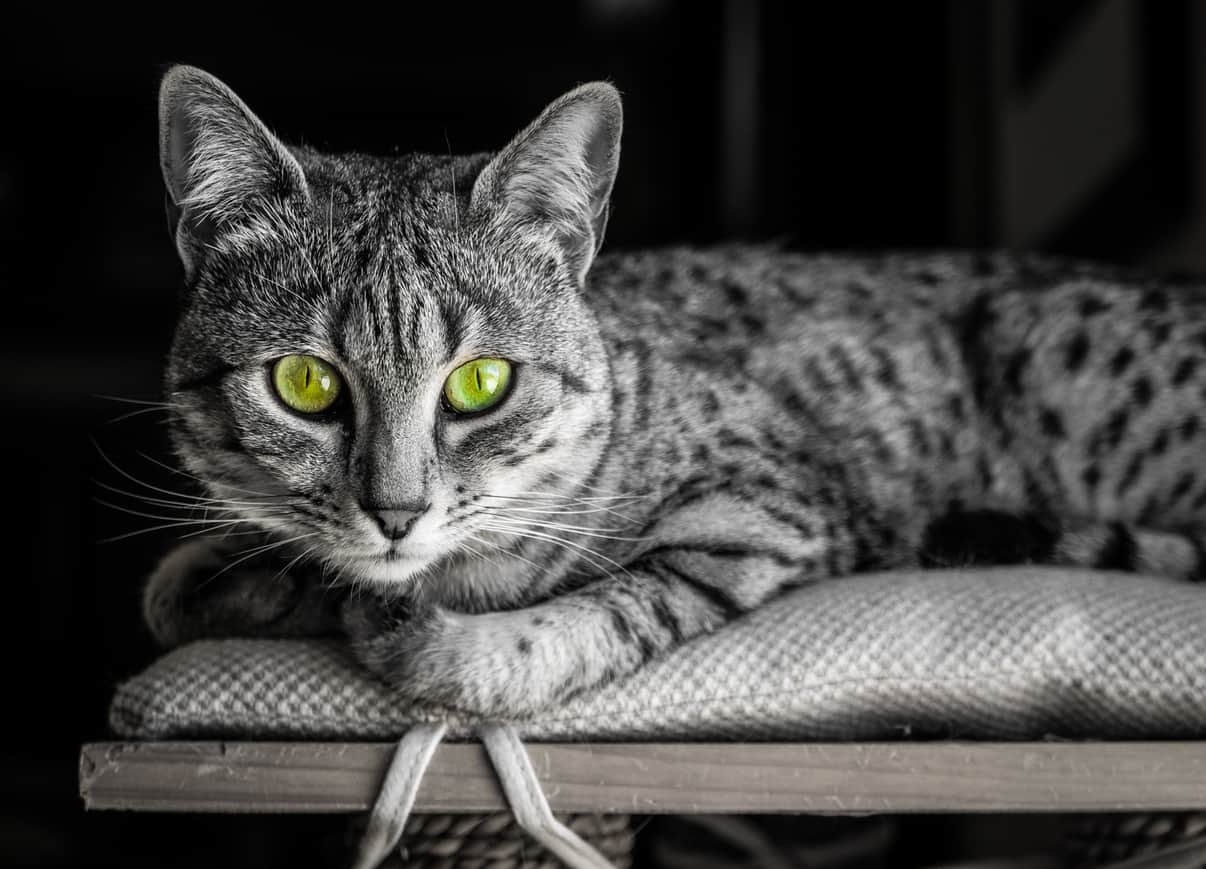Birman cats, often referred to as the “Sacred Cats of Burma,” are a captivating breed known for their luxurious appearance and affectionate demeanor. With deep blue eyes, silky coats, and distinctive white “gloves” on their paws, these felines have enchanted cat enthusiasts for generations. Whether you’re a seasoned cat owner or considering adopting one, learning about their unique traits and care needs will deepen your appreciation for this extraordinary breed.
Table of Contents
ToggleOrigins and History: A Divine Legacy
The origins of the Birman cat are steeped in mythology and legend. Ancient tales suggest that these cats were sacred companions to temple priests in Burma (modern-day Myanmar). Their iconic features, including blue eyes and color-pointed fur, are said to be gifts from a benevolent goddess as a reward for their devotion.
Historically, the breed’s documented journey began in France during the early 20th century. By the 1950s, the first Birmans reached the United States, where they quickly gained recognition for their striking appearance and friendly nature. Despite facing near extinction during World War II, dedicated breeders worked tirelessly to ensure the survival of this noble breed, which is now cherished worldwide.
Physical Characteristics: Elegance in Every Detail
Birman cats are medium to large in size, with males weighing between 9 and 15 pounds and females averaging 6 to 10 pounds. Their semi-long coats lack an undercoat, making them less prone to matting and relatively low-maintenance compared to other long-haired breeds. Common color points include seal, blue, chocolate, and lilac, with each variation accentuating their regal allure.
Their most distinctive feature, however, is the symmetrical white “gloves” adorning their paws. This trait is unique to the breed and contributes to their sacred and elegant reputation.
Personality and Temperament: The Perfect Companion
Birmans are known for their sweet and sociable personalities. These cats form strong bonds with their owners, often following them around the house like loyal shadows. They are intelligent, curious, and gentle, making them an excellent choice for families with children or other pets.
Unlike the vocal Siamese, Birmans are generally quiet, communicating with soft meows when they need attention. They thrive in environments where they feel loved and included, making them ideal for those seeking a devoted and interactive companion.
Birman Cat Breed Information Table
| Feature | Description |
|---|---|
| Breed Origin | Believed to have originated in Burma (Myanmar); developed in France in the early 20th century |
| Size | Medium to large-sized, well-proportioned, and muscular |
| Weight | Males: 10-15 lbs, Females: 7-12 lbs |
| Lifespan | 12-16 years, with some living beyond 16 years with proper care |
| Coat Type | Medium to long, silky, and soft with little undercoat |
| Coat Colors | Seal, blue, chocolate, lilac, red, and cream points with white “gloved” paws |
| Eye Color | Deep sapphire blue, round and expressive |
| Temperament | Affectionate, gentle, intelligent, and social; enjoys human companionship |
| Grooming Needs | Moderate; regular brushing to prevent matting and reduce shedding |
| Activity Level | Moderate; playful but not overly energetic |
| Health Concerns | Prone to heart disease (HCM), kidney disease, and obesity if not exercised properly |
| Best For | Families, singles, and multi-pet households looking for a gentle and affectionate companion |
Care Tips for Your Birman Cat
Grooming
Despite their semi-long coats, Birmans require minimal grooming due to the absence of an undercoat. A weekly brushing session is sufficient to keep their fur smooth and tangle-free. Regular grooming also reduces shedding and helps you monitor their overall health.
Diet and Nutrition
Providing a balanced diet is crucial for maintaining a Birman’s health and energy levels. High-quality cat food tailored to their age, weight, and activity level is recommended. Be mindful of portion sizes, as Birmans are prone to obesity.
Exercise and Play
While not overly active, Birmans enjoy interactive play. Engage them with toys, puzzles, or even simple games like fetch. Regular play sessions not only keep them physically fit but also mentally stimulated, strengthening the bond between you and your pet.
Health Considerations: What to Watch For
Birmans are generally healthy cats, but like all breeds, they are predisposed to certain genetic conditions. These include:
- Hypertrophic Cardiomyopathy (HCM): A heart condition common in many cat breeds.
- Chronic Renal Failure: Regular vet check-ups can help detect early signs.
- Congenital Cataracts: Eye examinations can catch this early.
- Feline Infectious Peritonitis (FIP): Awareness of symptoms is key.
Routine veterinary care, vaccinations, and preventive measures can help your Birman live a long and healthy life, with an average lifespan of 12-16 years.

Birman Cats vs. Ragdolls: What’s the Difference?
While both breeds share striking blue eyes and color-pointed coats, their personalities and physical traits set them apart. Ragdolls are larger and famously relaxed, often going limp when picked up. In contrast, Birmans are more active and playful, with their iconic white gloves serving as a hallmark of the breed. If you’re seeking a companion that’s equally affectionate but more lively, the Birman may be your perfect match.
Adopting or Purchasing a Birman Cat
If you’re considering bringing a Birman cat into your home, adoption is a compassionate and rewarding option. Many shelters and rescue organizations specialize in purebred cats, including Birmans. Adoption fees often include vaccinations, spaying or neutering, and microchipping.
For those who prefer purchasing from a breeder, ensure the breeder is reputable and provides health clearances for their cats. Expect to pay between $500 and $2,000, depending on lineage, pedigree, and location.
Conclusion
The Birman cat’s combination of beauty, history, and gentle personality makes it a beloved choice for pet owners worldwide. Whether you’re captivated by their mythical origins, enchanted by their striking appearance, or drawn to their affectionate nature, these cats bring joy and companionship to any home.
If you’re ready to welcome a Birman cat into your life, consider adoption or working with a trusted breeder. With proper care, love, and attention, your Birman will become a cherished member of your family for years to come.
FAQ
What is the origin and history of the Birman cat?
The Birman cat originated in Burma (now Myanmar), where it was considered sacred and lived in temples. Legend says they were companions to priests. The breed was introduced to Europe in the early 20th century and officially recognized in France in the 1920s.
What are the distinctive physical characteristics of Birman cats?
Birman cats have a medium-long silky coat, striking blue eyes, and a golden-cream body with darker color points. Their most distinctive feature is their pure white “gloved” paws, which contrast beautifully with their darker legs and face.
What is the typical temperament of a Birman cat?
Birman cats are affectionate, gentle, and social. They’re known for their calm, friendly temperament—loving attention without being overly demanding. They bond well with families, other pets, and enjoy quiet companionship.
How should I care for a Birman cat’s grooming and dietary needs?
Brush your Birman 1–2 times a week to prevent tangles—their silky coat rarely mats. Feed high-quality, protein-rich food in proper portions to maintain a healthy weight. Regular vet visits and dental care are also essential.
Are there any common health issues associated with Birman cats?
Yes, Birman cats can be prone to hypertrophic cardiomyopathy (HCM), polycystic kidney disease (PKD), and feline infectious peritonitis (FIP). Regular vet checkups and genetic screening help manage and detect these issues early.
What is special about Birman cats?
Birman cats are special for their striking sapphire-blue eyes, silky coat, and unique white “gloves” on all four paws. They combine elegance with a sweet, affectionate nature, making them loving, gentle companions that bond deeply with their humans.







